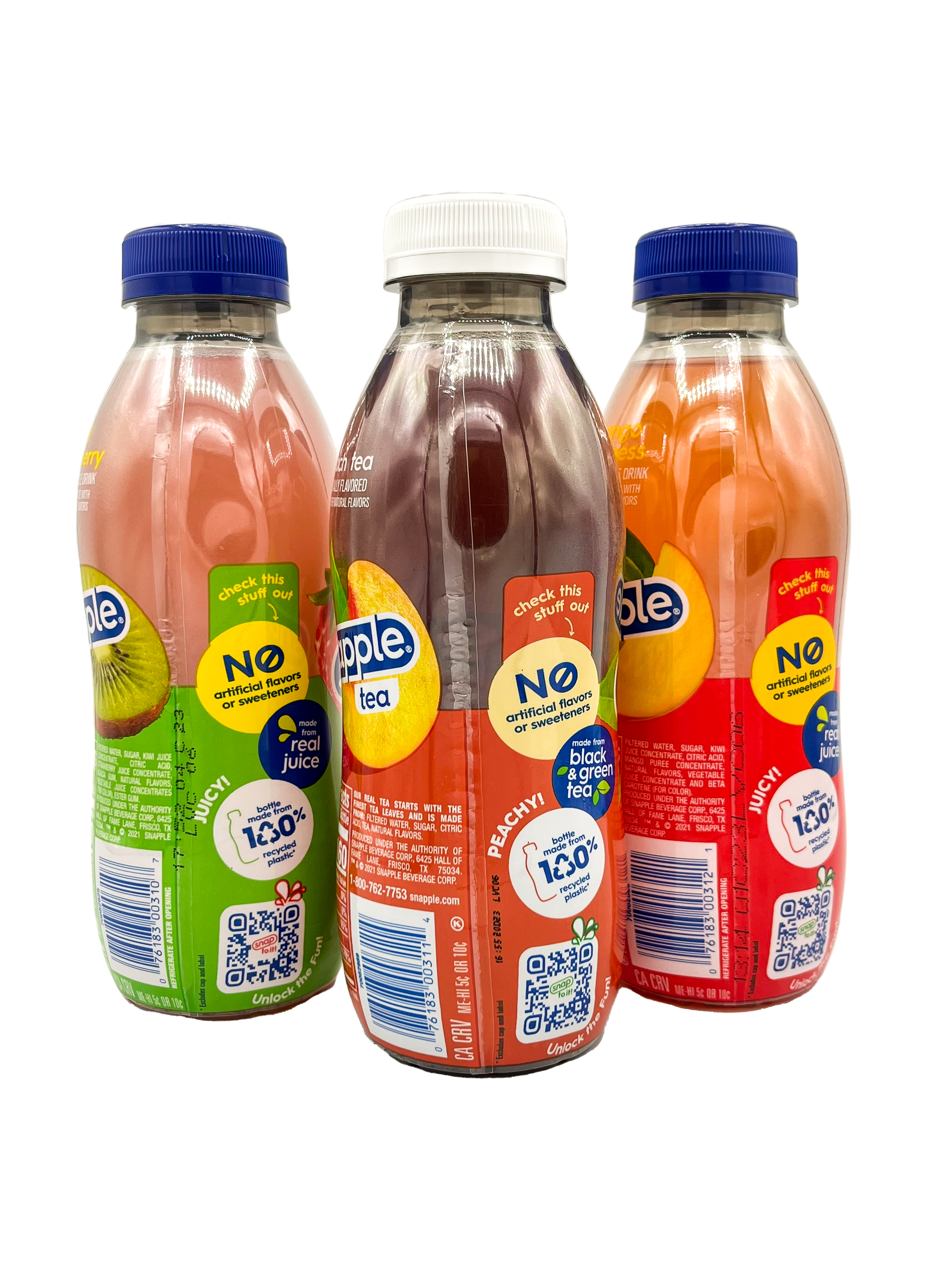Packaging Solutions For A Circular Economy
What is a circular economy?
There’s been a lot of talk about sustainability in the packaging world, and with growing reports of green-washing, brands are feeling confused, misled, and hopeless when it comes to this subject.
Is there such thing as a perfectly sustainable packaging solution?
The answer is no… well, sort of.
We can all attest to the fact that there is no PERFECT sustainable packaging solution out there. At least not yet that is. While one potentially sustainable endeavor might seem like a perfect solution, there’s going to always be a downside.
For example, many brands have recently decided to transition away from plastic and towards glass instead. On the surface, this seems like a noble and foolproof plan, right?
Upon further investigation, some brands realized that switching from plastic to glass required more trucks for transportation, increasing their C02 emissions, and more protective packaging to keep the glass from shattering, increasing their packaging waste.
This is just one example of green washing.
Over the last several years, there have been thousands of '“sustainable” solutions that have fizzled away just as quickly as they came
So what is the right answer? Can we be sustainable with our packaging choices?
It’s important to remember one thing when dealing with sustainability and packaging; there are no PERFECT solutions, but there are BETTER ones.
This is where the circular economy comes into play.
Circular economy is an economic model that puts sustainability first by preventing waste and pollution, preserving resources, and regenerating natural systems. Instead of having resources utilized only once before being discarded, a strategy used in a linear economy, it aims to establish a closed-loop system where they are continuously cycled. The approach is spreading throughout the world as more people and businesses see how crucial waste reduction and environmental protection are.
“Packaging has a critical role to play in the transition to a circular economy, as it is a ubiquitous material that touches every sector of the economy and every aspect of our daily lives.”
The Ellen MacArthur Foundation, a leading proponent of the concept, emphasizes the significance of packaging design for circularity in a report on the role of packaging in the circular economy. Using recyclable or compostable materials, avoiding the usage of new resources, and planning for reusability and repairability are some examples of how to do this.
Designing for longevity and repairability is a central principle of the circular economy. This refers to creating packaging that is lasting and can be quickly fixed if necessary in the context of packing. This lessens the requirement for frequent changes and increases the packaging's useful life. In order for packaging to be reused or recycled at the end of its useful life, it should also be made from recyclable or compostable materials. A research in the Journal of Cleaner Production found that planning for circularity can lessen negative environmental effects and increase resource efficiency (Pomberger et al., 2021).
Another essential element of the circular economy is encouraging recycling and reuse. In the context of packaging, this refers to designing packaging that is simple to recycle or reuse. According to a research by the European Commission, the potential for circularity is highest in the case of plastic packaging, where organizational and technological developments may allow for significant increases in recycling rates (European Commission, 2020).
Yet, packaging must also be designed for recycling infrastructure investment and consumer behavior change promotion in order to increase recycling rates.
In order to shift to a circular economy, brands must play a crucial role.
Brands may influence change by incorporating circular economy practices and ideas into their business operations as significant players in the production and distribution of commodities.
“Businesses can make a significant contribution to the circular economy by designing and producing products that are more durable, reusable, and recyclable”
Some companies are creating products with circularity in mind, including modular items that are simple to upgrade or repair. Others are putting into practice circular business concepts, such product-as-a-service or take-back schemes where customers send back used items to be recycled or reconditioned.
Brands can greatly help the shift to a circular economy by adopting circular economy practices and principles into their operations. This entails promoting circular business models, making investments in recycling infrastructure, and creating circular packaging. By embracing the circular economy, brands can enhance their reputation with customers who are looking for more environmentally friendly goods and business practices. This will assist brands in reducing their detrimental environmental impact.
Yet, putting the ideas of the circular economy into practice in the packaging sector calls for cooperation amongst all parties, including the public sector, private sector, and consumer groups. Governments have a significant impact on the development of a policy environment that facilitates the shift to a circular economy. To that end, legislation that encourage the use of eco-friendly packaging materials should be supported, as should infrastructure investments for recycling and consumer education campaigns about circular economy principles
Consumers may support the circular economy by buying products with sustainable packaging and properly disposing of waste. Customers can also demand that companies embrace circular business models and accept responsibility for the environmental impact of their products.
In conclusion, the linear take-make-waste model that has dominated the global economy for decades is being challenged by the circular economy, which offers a viable alternative. Brands may not only minimize their environmental effect by putting sustainability and circularity first in the packaging sector, but also by opening up new business prospects and enhancing their consumer brand reputation.
Yet, putting the concepts of the circular economy into practice calls for cooperation from all parties involved, including the public sector, private sector, and the general public.
Together, we can build a stronger, more resilient economy for coming generations.
What Next?
If your brand is looking for creative packaging solutions that fit into a circular economy, we’d love to help.
Step 1. Schedule a packaging consultation with one of our sustainable packaging experts. We’re happy to discuss your product in light of our solutions and services.
Step 2. We’ll send you complimentary samples to test.
Step 3. We’ll provide you with a quote.
Schedule your complimentary consultation by filling out our contact form, emailing us at info@tangopackaging.com, or calling (844) 33-TANGO [82646].





